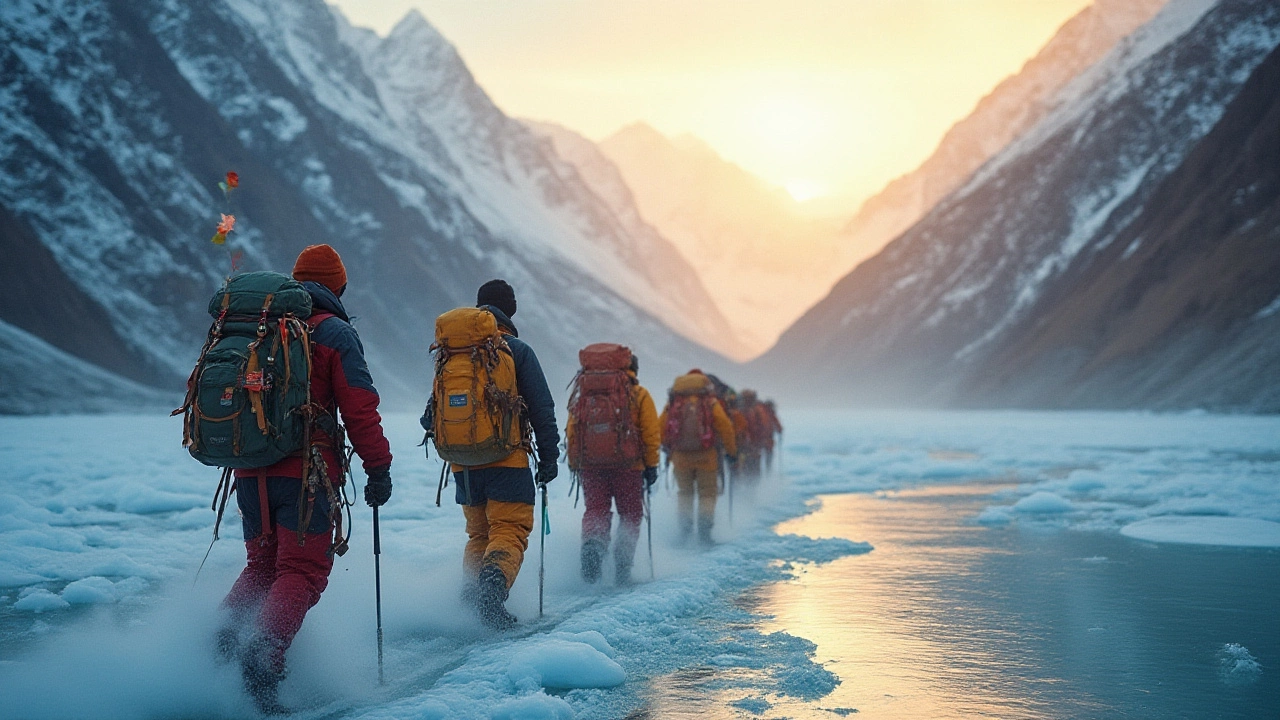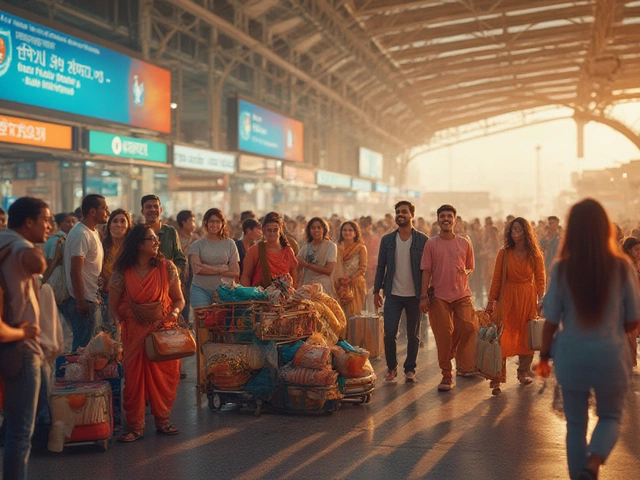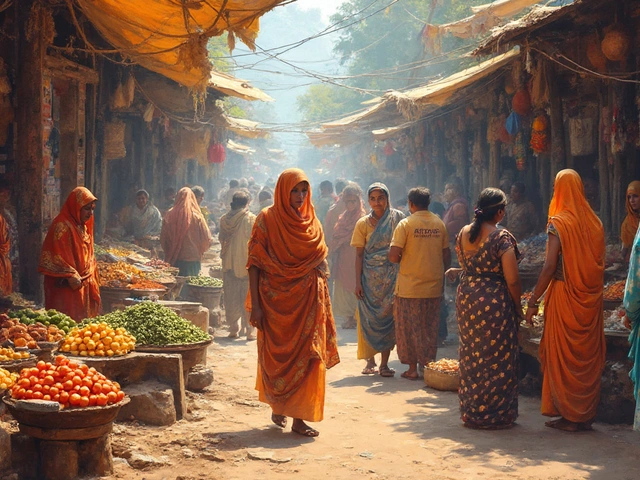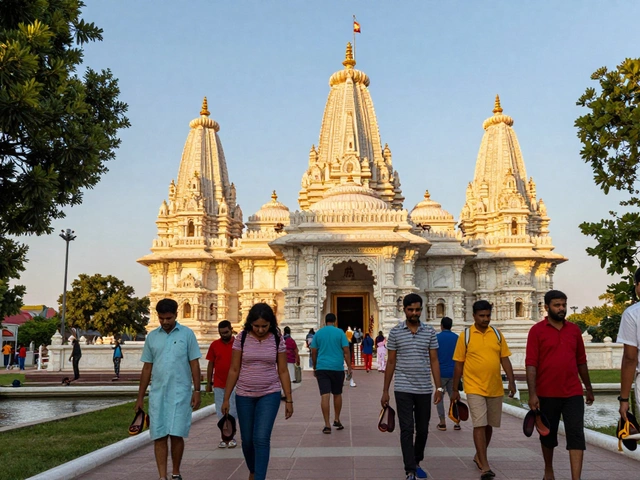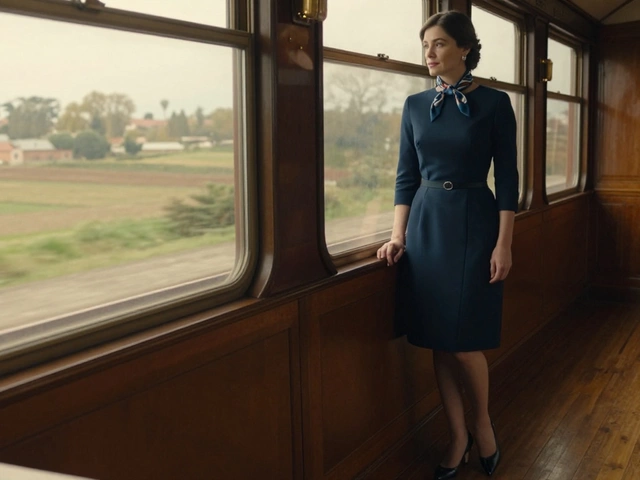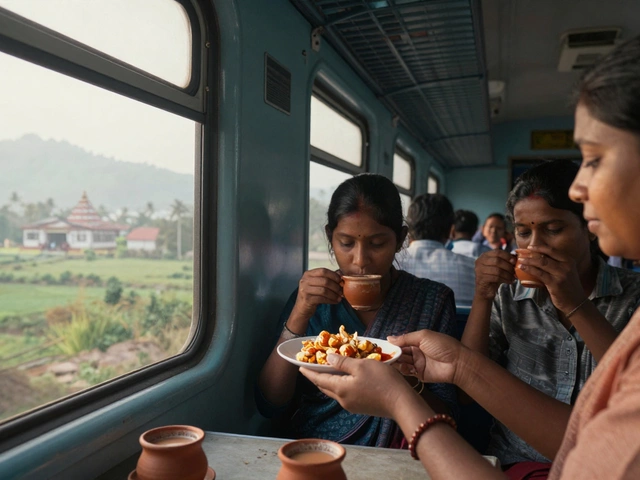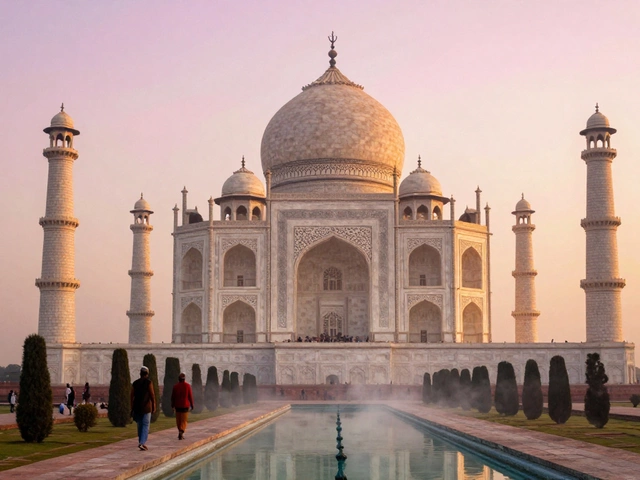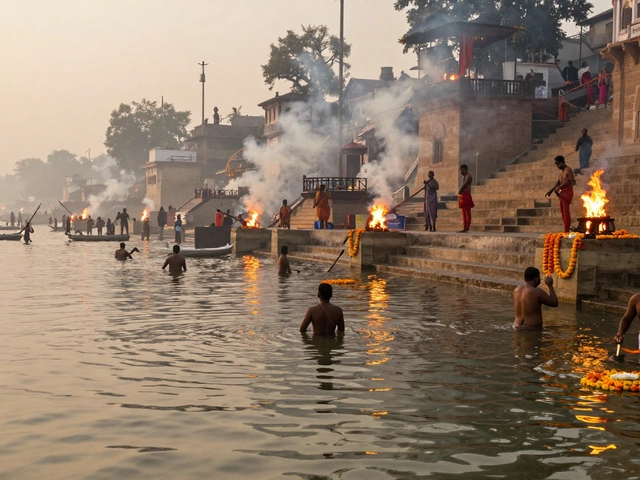If you think climbing a hill behind your house is impressive, wait until you hear about the treks in India that push even seasoned adventurers to their limits. I'm not talking about a casual hike through the woods where you pose for a selfie and eat chocolate bars—these are the real deal. Picture yourself battling bone-chilling winds, crossing hanging glaciers, or walking over a river that's frozen rock-solid. It sounds unbelievable but that's exactly what the country's most difficult trek throws at you. The terrain doesn't care if you're fit or fearless, and the weather likes to pull off more mood swings than a toddler. Ready for the details that might just send a chill down your spine?
The Chadar Trek: Walking on a Frozen Himalayan River
The crown for the most difficult trek in India almost always lands on the Chadar Trek—also known as the Frozen River Trek of Ladakh. Local Zanskaris have done this route for centuries in the dead of winter, but it's only in recent years that daredevil trekkers have made it famous. From January to February, when the rest of the world is comfort-wrapped in blankets, thrill-seekers come here to walk on the frozen Zanskar river. This isn't some preserved skating rink; the temperature often dips below -25°C, and the ice can crack, shift, or vanish unexpectedly. Forget Wi-Fi, your phone won't even wake up in these temperatures.
The trek itself is about 105 km long, stretching over 8 to 9 days. You'll start around Chilling, not far from Leh, and wind your way through steep canyons lined with sheer cliffs and jagged icicles. Sounds magical, right? Sure—until your toes go numb, your breath escapes in smoking clouds, and you realize you and your gear stand between you and hypothermia. Add to that the risk of sudden weather changes, falling rocks, and thin ice that can give way underfoot, sending your adrenaline through the roof. I heard stories from trekkers who had to scramble upriver, crawling over boulders because the Chadar (that’s the local word for 'sheet' of ice) broke right where they were supposed to walk.
And here's a fun fact: the Chadar Trek is also a lifeline for local villages. Before roads, this route was the only winter link between the Zanskar Valley and the outside world. Locals, including kids, still travel this icy path to reach school, carrying supplies for weeks at a time. Some say it's harder than summiting Stok Kangri or even parts of the Annapurna Circuit, precisely because the cold is so relentless, and your window for safe travel so tight.
| Key Fact | Chadar Trek Statistic |
|---|---|
| Total Distance | 105 km |
| Duration | 8-9 days |
| Lowest Temperature | -30°C |
| Maximum Altitude | 11,123 ft (3,390 m) |
| Average Group Drop-Out Rate | 15-20% |
| Physical Preparation Required | Very High |
| Best Season | Late January-February |
Even the logistics are a challenge. Reaching Leh in winter means bracing for ice-cold air right out of the airplane. Acclimatization isn't optional—trekkers usually spend a couple of days in Leh, drinking butter tea (yes, it’s exactly what it sounds like), nibbling on dried apricots, and letting their lungs get used to the thin air. Medical checks are now mandatory, thanks to the Indian government's new safety rules. Safety gear, like gumboots to walk over slushy ice, sleeping bags rated to -30°C, and portable oxygen cylinders, are a must. If you forget anything, you can't just run out and buy it—shops in Leh operate on limited winter stock.
Campsites during the trek are stark affairs: rocky riverbanks sometimes softened by a foot of fresh snow. If you freeze easily, forget beauty sleep—most nights you lie awake tuning in to the river groaning and cracking under you. A lot of trekkers get caught off guard by how silent and surreal the gorge can be. At dawn, the sunlight reflecting off the frosty cliffs is otherworldly, like someone sprinkled the Himalayas with diamonds. But as day breaks, the melting and shifting begins, and the trek’s hardest moments are often right after sunrise.
And no, it's not just about grit. Trekking the Chadar safely demands teamwork. Our little group—five strangers, three guides, and two porters—became a band of frozen warriors by the fourth night, swapping stories of cracked boots, mittens turned to ice, and the one unlucky soul who tried to take a dip in the Zanskar (not on purpose). You’ll learn quickly that hot chai becomes the most precious thing in the world. If you’re planning to try this monster trek, train for cardio and cold, buy the best thermals you can afford, and double up socks. And don’t schedule anything important right after—you’ll likely be hobbling for days.
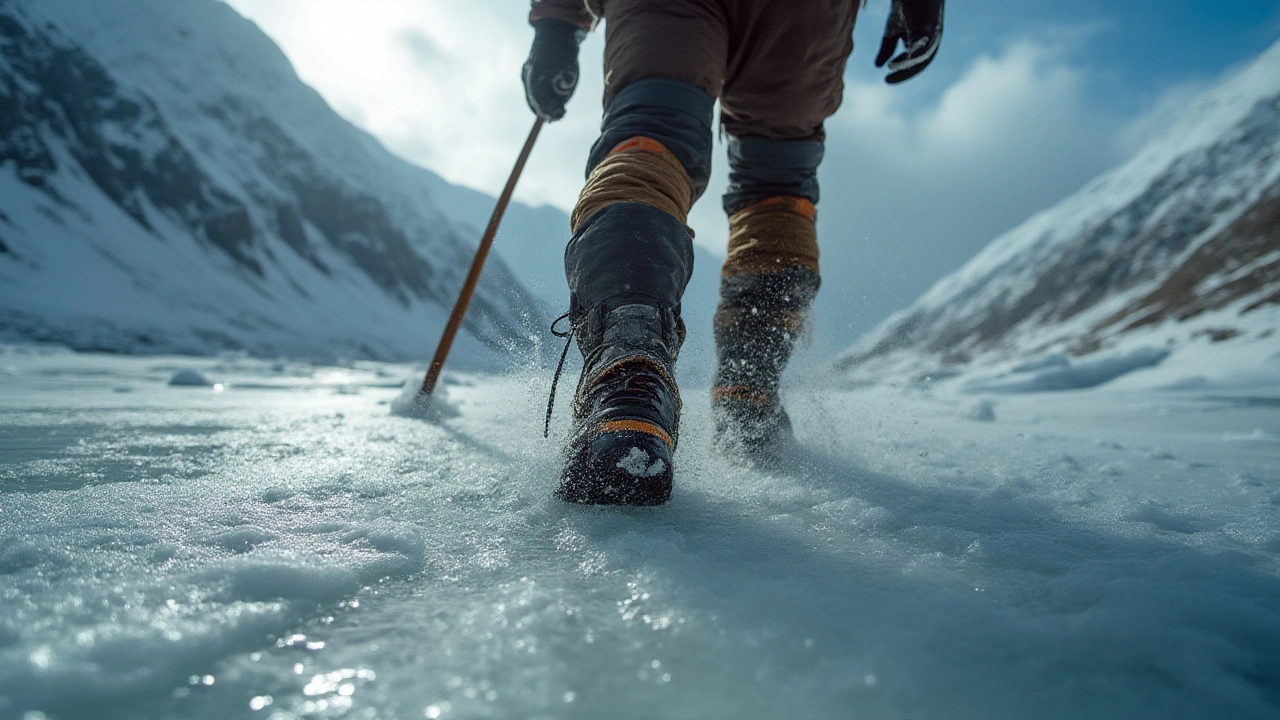
Other Challenging Treks That Rival the Chadar Experience
If the Chadar still sounds too brutal, don’t worry—India’s got more treks that make strong hikers second-guess their choices. Goechala in Sikkim, Stok Kangri in Ladakh, Pin Parvati in Himachal Pradesh, and Auden’s Col in Uttarakhand all deserve mention. Each offers a different flavor of madness.
Let’s talk Goechala first. This trek takes you up to 16,200 feet and gives you an epic view of Kanchenjunga—the world’s third highest peak. The trail is dreamy and green at first, but the altitude sneaks up on you fast. I read that only about half of the groups who start the full trek actually make it to the top, usually turned back by fatigue or sudden snow. Weather on Goechala can switch from sunshine to blizzard in an hour and wild yaks get grumpy if you block their path. Sounds like fun? You’ll need top-notch fitness, solid boots, and the patience to wait out a snowstorm in a tent.
Now for Stok Kangri—a mountain so high (20,187 ft) that even experienced trekkers can struggle. This one’s really popular with climbers wanting their first Himalayan peak. Before a 2020 ban by the Ladakh government to let the local ecosystem recover, Stok Kangri tested courage with altitude, icy slopes, and exhaustion. I know a dad from Mumbai who trained for four months, ran half-marathons, and still got altitude sickness halfway. That’s how unpredictable it gets. Local guides say you should train for months and mentally prepare to turn back if the weather turns ugly—that’s just Himalayan trekking for you.
The Pin Parvati Pass, nicknamed the ‘Himalayan Wild Card,’ stretches for more than 110 km. You pass through lush Parvati Valley in Himachal and end up facing the cold, barren Spiti landscape. The real pain? Sharp climbs, crevasses you have to hop over, river crossings that make your heart knock against your ribs, and rain that never seems to stop. Guides swear the hardest part isn’t the cold or even the steepness—it’s the way the landscape is so unpredictable. You might spend a day slogging through knee-deep mud only to reach a glacier that’s just started to thaw.
And then there’s Auden’s Col, a trek most people haven’t even heard of. It connects Gangotri Valley to Kedarnath—famous holy shrines up north. The Col sits at a dizzying 18,011 feet, where trekkers cross glaciers, skirt vertical ice walls, and camp under skies so dark you can see every galaxy ever named. You get snow, you get sudden storms, and you get the kind of altitude that messes with your appetite and your head. Not for beginners. Some trekking companies require climbers to go through a mini bootcamp just to sign up.
| Trek | Max Altitude | Length | Best Season | Drop-Out Rate |
|---|---|---|---|---|
| Goechala | 16,200 ft | 90 km | Apr-May/Sep-Nov | ~40% |
| Stok Kangri | 20,187 ft | 40 km | June-Sept (Now suspended) | ~30% |
| Pin Parvati Pass | 17,450 ft | 110 km | Jul-Sep | ~35% |
| Auden’s Col | 18,011 ft | 70 km | May-Jun/Sep-Oct | ~45% |
None of these treks offer luxury—think rationed water, ‘restroom’ tents, and food that’s delicious mainly because you earned it. The rewards, though, are wild: forests where red pandas dart through rhododendrons, secret monasteries perched on cliffs, or lifts from friendly yak herders. One tip from a friend: always carry painkillers, extra energy bars, and earplugs (a night in a shared tent with snorers can ruin your summit day). The biggest surprises? Leech attacks during the rains, sudden altitude headaches, and the weirdest tan lines ever. A little suffering makes the view from the top that much sweeter.
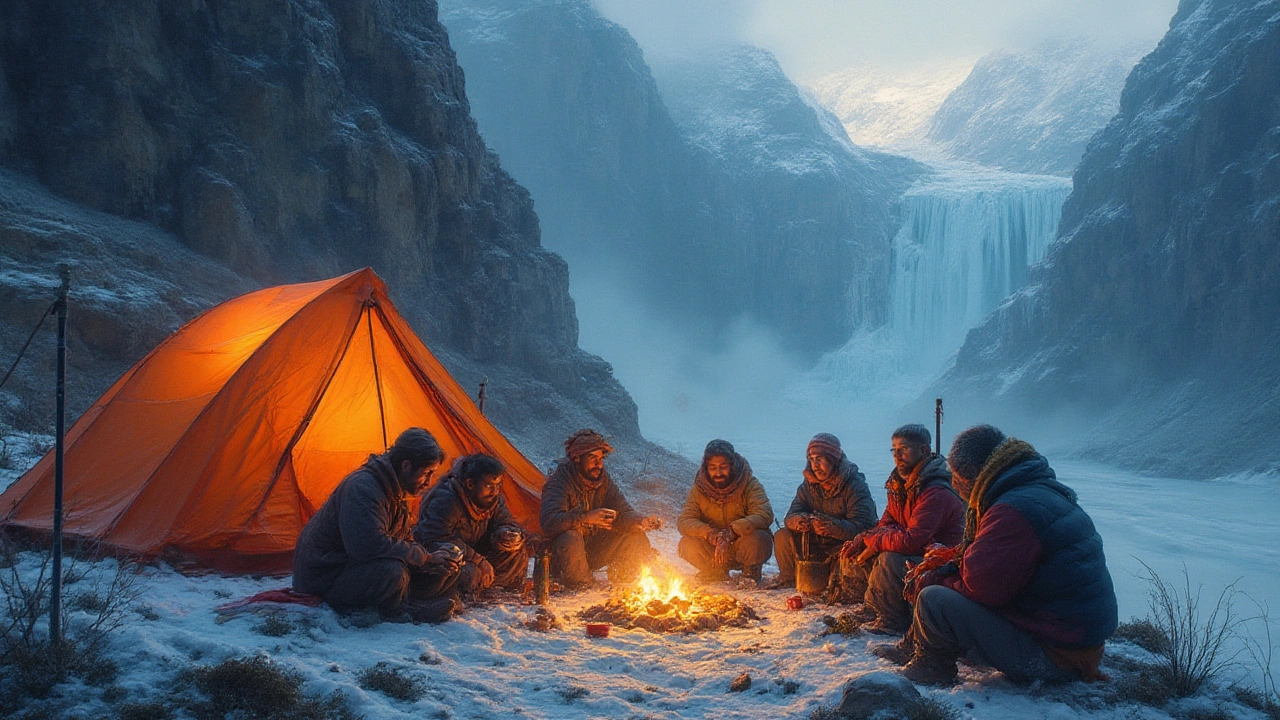
Tips, Essential Prep, and What to Expect On India’s Toughest Treks
Packing for a trek like Chadar or Goechala isn’t like shoving a few T-shirts and snacks in a backpack. Forget fashion—layers, function, and warmth matter most. Here are some real-world tips boiled down from trekkers who’ve survived and thrived on India’s toughest routes:
- difficult trek in India—train your legs, heart, and mind. Cardio workouts, stair climbing with weight, and brisk walks wearing your actual gear help more than gym selfies.
- Acclimatization days aren’t a waste. It takes two to three days for most bodies to adjust to thin mountain air. Skipping this can ruin your trek via headaches, nausea, or worse.
- Don’t skimp on gear. Invest in waterproof shoes, down jackets, thermal pants, and hand warmers. My friend once duct-taped her shoes mid-trek—don’t be her.
- If trekking in winter, gumboots help grip on ice (especially on Chadar), but test them before you go. Blisters and frozen toes are real threats.
- Stay hydrated. Dry, cold air tricks most people into drinking less water. Dehydration speeds up altitude sickness. Aim for 3-4 liters a day, even if you don’t feel thirsty.
- Nourishment matters. Carry lightweight snacks like dry fruits, energy bars, or sattu powder. Many camps have basic but warming meals (think dal-rice and soup). Fancy foods rarely survive the journey up.
- Emergency contacts are critical. Always leave your full itinerary with someone who'll check in. Satellite phones are rare, but some groups rent them out now.
- Health dos: Get a complete checkup before you go. If you have asthma, heart problems, or any unmanaged condition, talk to a specialized doctor first. Altitude doesn’t play by the rules.
- Travel insurance—get one that covers evacuation by helicopter (never needed until it’s suddenly needed).
- Mental prep counts as much as physical. Long days of slog, endless snow fields, and the occasional scare can be overwhelming. Apps or playlists that calm you down may come in handy at night or in whiteout conditions.
Want real stats? Here’s a quick table trekkers and tour operators usually reference when prepping for these monstrous expeditions:
| Trek | Calories Burned/Day | Avg. Steps/Day | Medical Evacs Per Season |
|---|---|---|---|
| Chadar Trek | ~4,000-5,500 | 18,000+ | 8-12 |
| Goechala | ~4,000 | 15,000-20,000 | 5-10 |
| Pin Parvati Pass | ~5,200 | 21,000+ | 12-18 |
If you’ve ever dealt with toddlers (like my daughter Aria last summer), you know patience and flexibility are lifesavers. Apply that mindset to Himalayan trekking. Trails get blocked, weather predictions flop, and even simple plans—where you’ll eat, sleep, or brush your teeth—can fall apart. The rewards? Views that will knock your breath out (in a good way), friendships built over hot soup, and memories that last way longer than frostbite.
In the end, the most difficult trek in India isn’t just about the raw stats or the deadly numbers—it’s about how far you’re willing to go for a taste of adventure that very few people will ever know. And honestly? That’s what makes these treks worth every single frozen toe and sleepless night.
